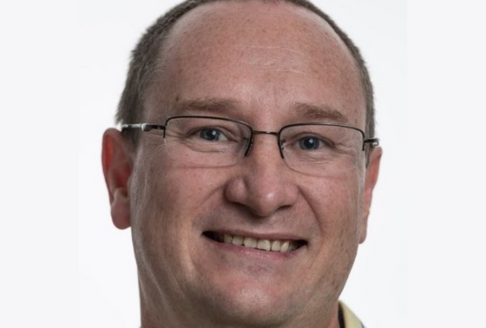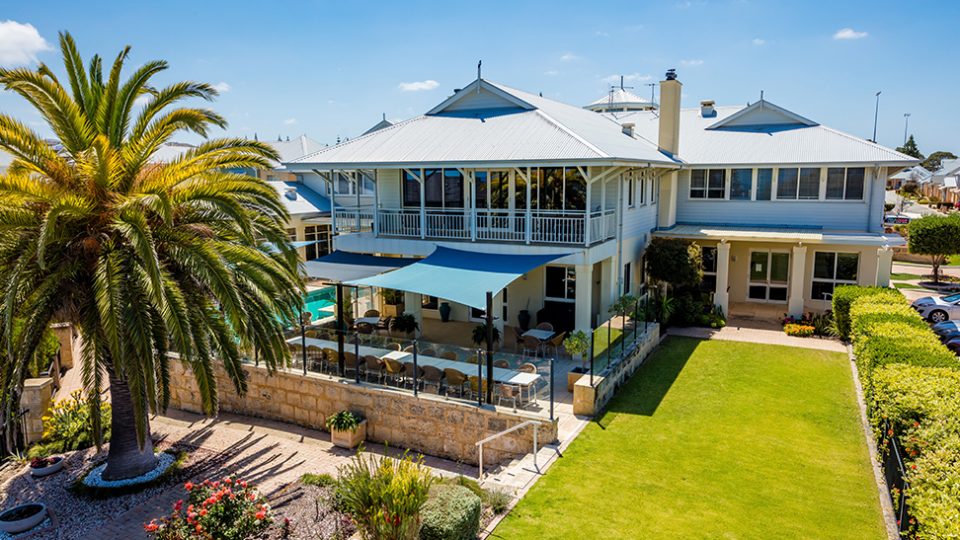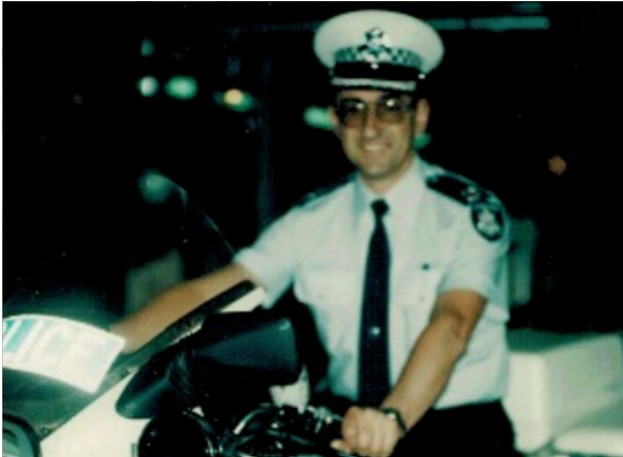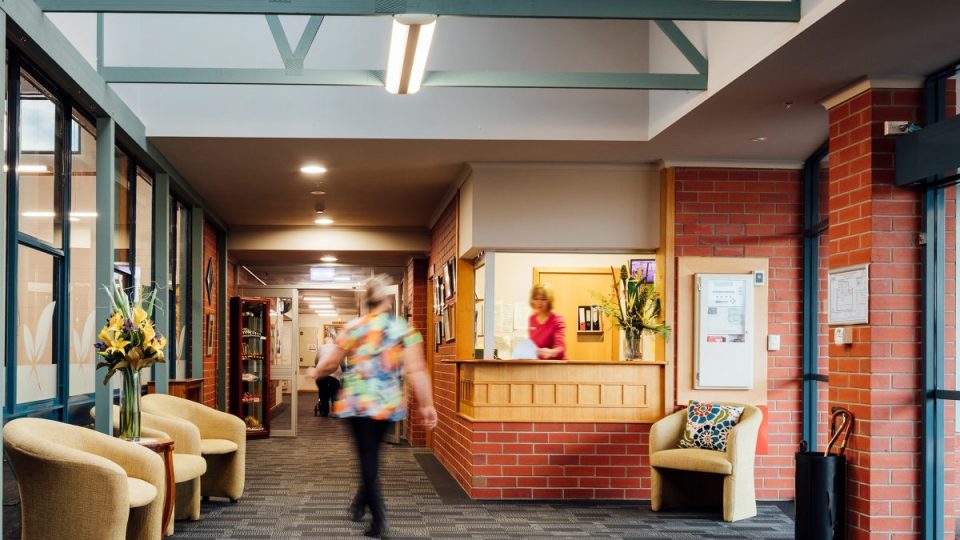Faces of Baptcare #25 – Meet Evan Dalstead, Safety & Wellbeing Manager
- 21 Oct 2022

Tell me about your role at Baptcare – what does a typical week look like?
My job is to prevent harm to our employees, volunteers, contractors and visitors – the things I do can be as simple as identifying and resolving trip hazards to reviewing safety policies and systems, etc. – it’s a broad role.
There’s no such thing as a typical week!
Most of my time is spent reviewing things that have happened so that we can make things work even better in the future.
I’ve been at Baptcare almost four months now – I started on 27 June.
Have you always worked in Health and Safety area?
I grew up on a farm so I thought I’d like to be a beef farmer – I just love cows!
In my mid-teens, though, I got injured playing sport and began to think about becoming a chiropractor. I gained my qualifications and worked in that field for about 14 years.
Having kids made me reflect more on work life balance and how I could spend more time with my family. Being self-employed is very time consuming!
I sold the practice and decided to find a job. But I’d never been to a job interview before and was a bit nervous about that. I opened The Age newspaper and started looking for jobs, thinking that I’ll just have a go and practice my interview skills. I picked a job vacancy in Rehabilitation Consulting and never looked back!
I’ve been working in the Safety and Workers Compensation area now for about 15-20 years.
Your team did a lot of work for RUOK Day (9 September) – tell us more about that.
The team put up an intranet site full of useful resources for everyone. There’s links to conversation guides for anyone who’s spotted the signs that someone they care about might be struggling with life.
There’s a Talk Kit for our Managers to support them with additional resources and links to our Employee Assistance Program (EAP) partners. We sent out a text to everyone, encouraging them to have a conversation with someone if they are not feeling OK (or know of someone who might be struggling).
The important thing to remember about RUOK Day is that it’s one aspect of employee wellbeing. It’s more than one day on the calendar to us – it’s every single day that this is important. We are looking at doing more to promote the message to staff that we’ve got supports available for our people year-round.
It’s been a tough couple of years for everyone. We really want to encourage people to take advantage of our EAP support. Of course, they offer free and confidential counselling – but there’s so much more to the offering, for example:
- family counselling
- nutrition and lifestyle advice
- career planning
- money management coaching
- help for managers in difficult situations
- assistance to deal with conflict.
We are always looking to grow the offering and improve the service for our people. The message is that yes, we are here to care for others but we must care for ourselves, too.
What are your interests outside of work?
I love riding my motorbike and am a passionate Collingwood supporter who loves to go the footy whenever I can.
What is your motto in life?
Make a difference. Get a little bit better every day and make the workplace safer every day.
Community news
-

BaptistCare to acquire Keyton’s Western Australian retirement village portfolio
BaptistCare is pleased to announce that we have entered into an agreement to acquire Keyton’s portfolio of retirement villages in WA.
- 13 Nov 2025
-

Spotlight on Residents: Reg Baker
At Baptcare, we are always delighted to learn more about our residents’ lives. They are often filled with excitement, joy, and adventure, and it truly reminds us how rich a person’s life is—and continues to be—when they join one of our residential aged care communities. Today, we are honoured to share the remarkable story of one of our residents, Reg Baker, who lives at Baptcare Peninsula View Residential Aged Care community.
- 10 Nov 2025
-

Staff spotlight | Leonie Irvine – 35 years of service in aged care
Leonie is one of our dedicated Lifestyle Assistants at Karingal Residential Aged Care community in Devonport, Tasmania. She recently celebrated an incredible milestone - 35 years of continuous service at Baptcare. In a sector where long-term service is increasingly rare, Leonie’s 35-year journey stands out as something truly special.
- 10 Nov 2025
